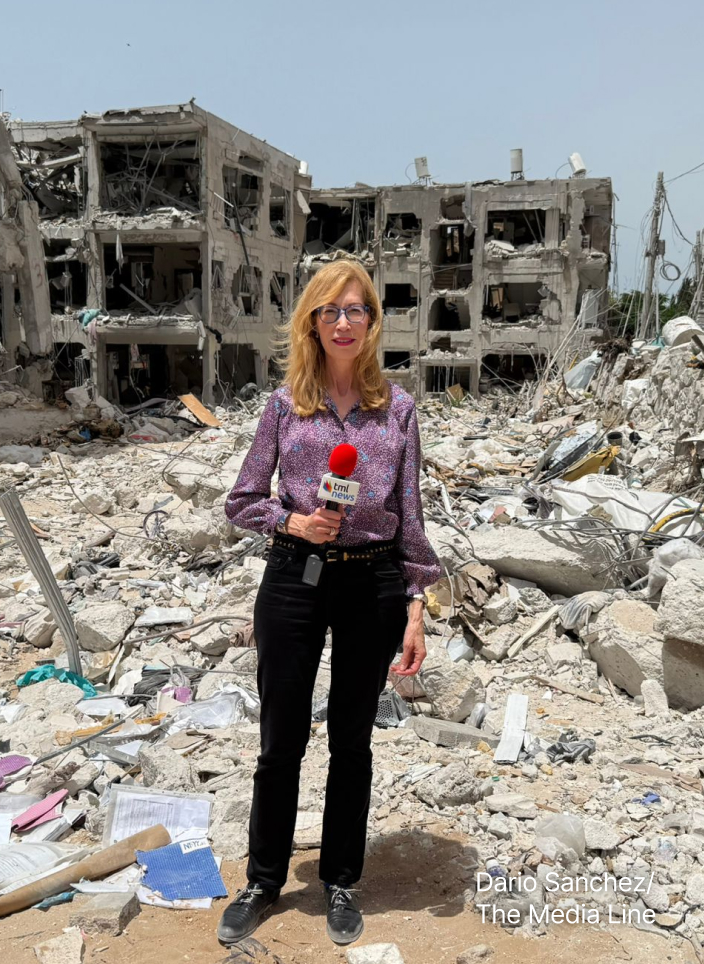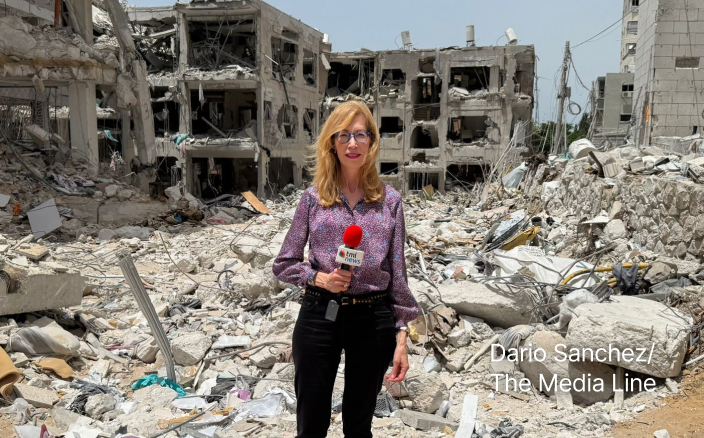[Damascus] In a decision described as historic, the US Treasury Department announced on August 25, 2025, the lifting of decadeslong economic sanctions on Syria, following executive orders issued by President Donald Trump in June. The move opens the door to renewed economic and diplomatic engagement after years of isolation and embargo.
The change raises a central question: is this the start of Syria’s reintegration into the international arena, or a difficult test for a transitional government still struggling to establish legitimacy at home and abroad?
Sanctions History
Syria has been under US restrictions for decades. Since 1979, it has been listed as a “state sponsor of terrorism,” triggering broad economic and political penalties. In 2004, President George W. Bush issued executive orders under the Syria Accountability Act, banning the export of sensitive technology and materials.
The outbreak of civil war in 2011 brought tougher sanctions targeting the oil sector, government assets, and figures within Bashar al-Assad’s regime. In 2019, Congress passed the Caesar Act, considered the peak of economic pressure. That law punished foreign entities working with the Assad government, deepening Damascus’ isolation and shutting off investment and aid.
Political Shift
The turning point came with the fall of Assad’s regime in December 2024 after more than a decade of conflict. Ahmed al-Sharaa, the former leader of Hay’at Tahrir al-Sham, assumed the transitional presidency and quickly sought international recognition. He repealed the constitution, called for a “comprehensive national dialogue,” and met the US president in May 2025—an encounter widely seen as a signal of Syria’s political rehabilitation.
This context gave Washington justification to ease sanctions, framing the move as support for a transitional government tasked with stabilizing the country. Reports also point to American mediation between Damascus and Tel Aviv aimed at opening joint humanitarian corridors.
Give the gift of hope
We practice what we preach:
accurate, fearless journalism. But we can't do it alone.
- On the ground in Gaza, Syria, Israel, Egypt, Pakistan, and more
- Our program trained more than 100 journalists
- Calling out fake news and reporting real facts
- On the ground in Gaza, Syria, Israel, Egypt, Pakistan, and more
- Our program trained more than 100 journalists
- Calling out fake news and reporting real facts
Join us.
Support The Media Line. Save democracy.
Details of the US Decision
The June executive orders rescinded six prior measures that had formed the backbone of sanctions against Syria. More than 500 individuals and entities were removed from the Specially Designated Nationals list, including the Central Bank of Syria and major financial institutions.
The Treasury Department also issued General License 25, which allows companies and individuals to conduct financial and commercial transactions in Syria without prior authorization. This license opens the way for investment in energy, agriculture, and humanitarian services—sectors long paralyzed by restrictions.
Economic and Humanitarian Impact
“The full lifting of sanctions will reintegrate Syria into the global financial map. Banks can now engage with Syrian counterparts without fear of secondary sanctions, unlocking frozen investments and financial transfers,” said Middle East economist Ahmed al-Zein in an interview with The Media Line.
From a humanitarian perspective, Syrian economist Samir Tawil told The Media Line that the decision will ease delivery of food and medicine, especially as the country faces a drought that has cut wheat production by about 40%. UN figures show that more than 3 million Syrians face severe hunger, with only 14% of humanitarian needs for 2025 funded so far.
US Reservations
Washington has not lifted every restriction. Assad and key regime figures remain under sanctions, signaling that accountability and human rights concerns are unresolved.
Syrian American politician and activist Ayman Abdel Nour told The Media Line, “The sanctions relief supports the transitional government, but it is conditional. The US has kept certain levers of pressure to ensure Damascus stays on the desired political path and to maintain regional balances.”
These reservations reflect Washington’s calculation that rebuilding Syria will be arduous, and that economic stability depends on political and security reform.
Domestic Challenges
Despite optimism, the transitional Syrian government faces steep obstacles:
- A faltering economy: Years of war and sanctions have devastated infrastructure and gutted the Syrian pound, making reconstruction costly and complex.
- Humanitarian crisis: Drought and funding shortages threaten social stability.
- Internal tensions: Minority groups such as the Druze in As-Suwayda and Kurds in the northeast fear political marginalization, risking renewed divisions.
- Investor caution: Global markets remain wary of entering Syria given security concerns and weak legal guarantees.
A Pivotal Test
The US move represents a turning point but not a solution in itself. It offers Syria a window of opportunity for reconstruction and investment while testing whether the transitional government can convert this opening into real stability—or whether internal divisions and economic strain will return the country to turmoil.
Between opportunity and risk, Syria stands at a decisive moment that may shape its future for decades.

